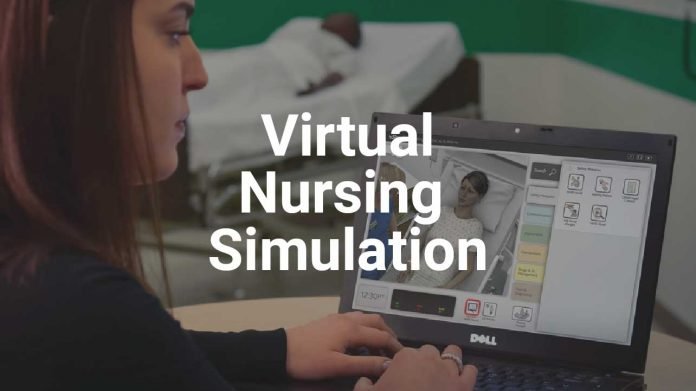The virtual simulation technique has emerged as an evolving concept in the field of nursing. This technique was initially proposed to be brought in medical education considering the risk of patients being exposed to inefficient trainees. This technique is designed to imitate real nursing scenarios in a realistic online environment which also provides room for the students to make mistakes while learning without any real serious consequences. Students also get an opportunity to recreate a given situation multiple times. They learn to handle technology-based healthcare systems with ease in a productive manner. The process revolves around use of fidelity simulators such as mannequins, dummies, artificial eyes, computer software like a virtual patient (VP), etc.
Several studies in recent times have also attempted at analyzing the benefits derived from the virtual simulation in real practical terms. It has been analyzed that students learning through medical simulation training have overall higher clinical reasoning and retention rates than those trained through conventional means. Challenges associated with use of this technique are scarcity of sufficient mannequins in simulation centers, unavailability of equipped human resources, high maintenance, and set up costs of using simulation software, etc.
The outbreak of COVID-19 pandemic has accelerated the demand for virtual reality in healthcare sector. Orbis International, a global non-governmental organization of treatment of blindness leading for nearly four decades, has announced release of its Simulation Center Manual, to run ophthalmic simulation centers and training programs for free of cost in low and middle income countries.
Even after several developments in the virtual medical world, the concept still continues to remain unexplored till great extents by mentors and learners in the medical field of India. The sector is expected to grow at an exponential rate of more than 42.4% over the forecast period 2020-2027.












